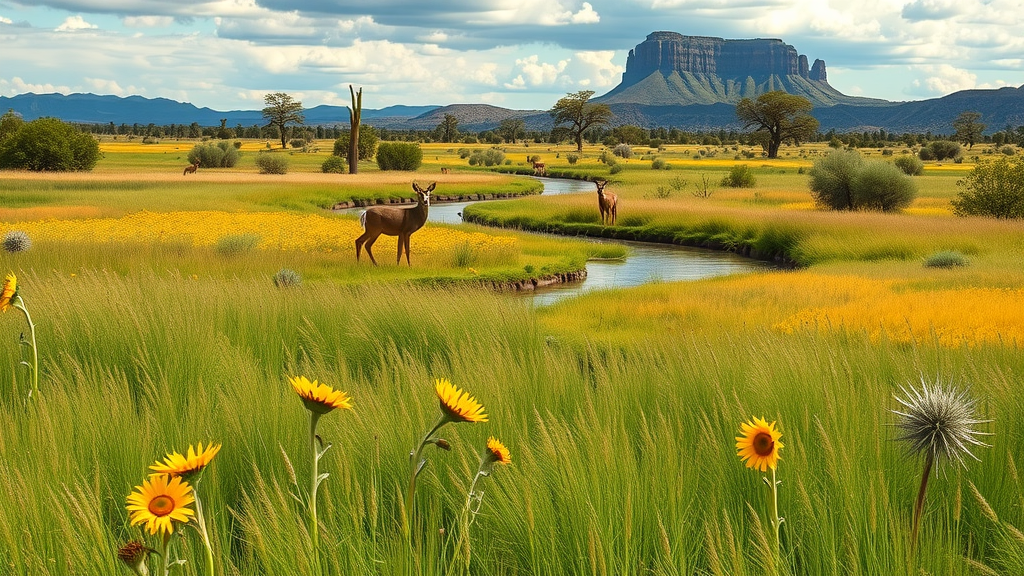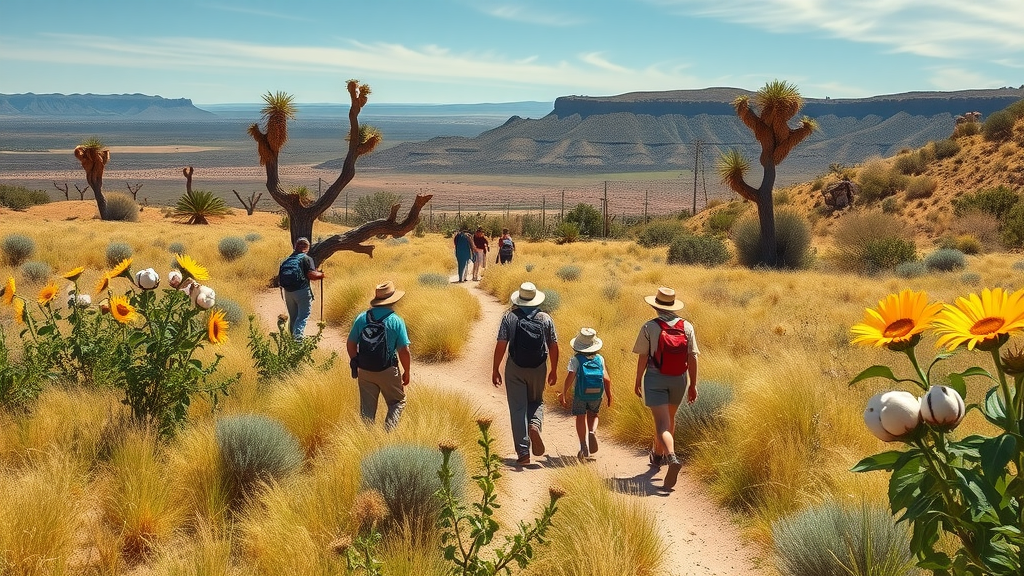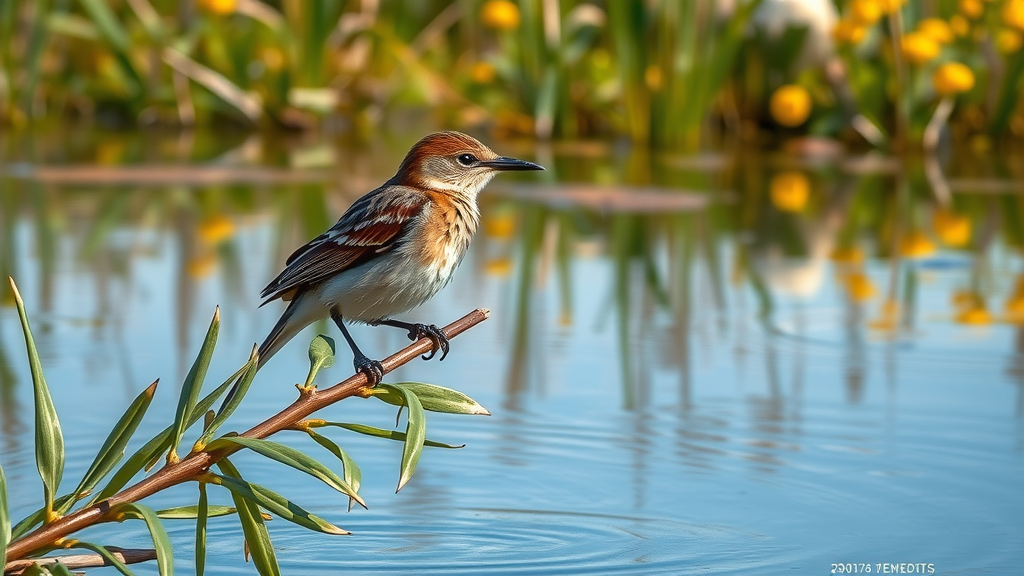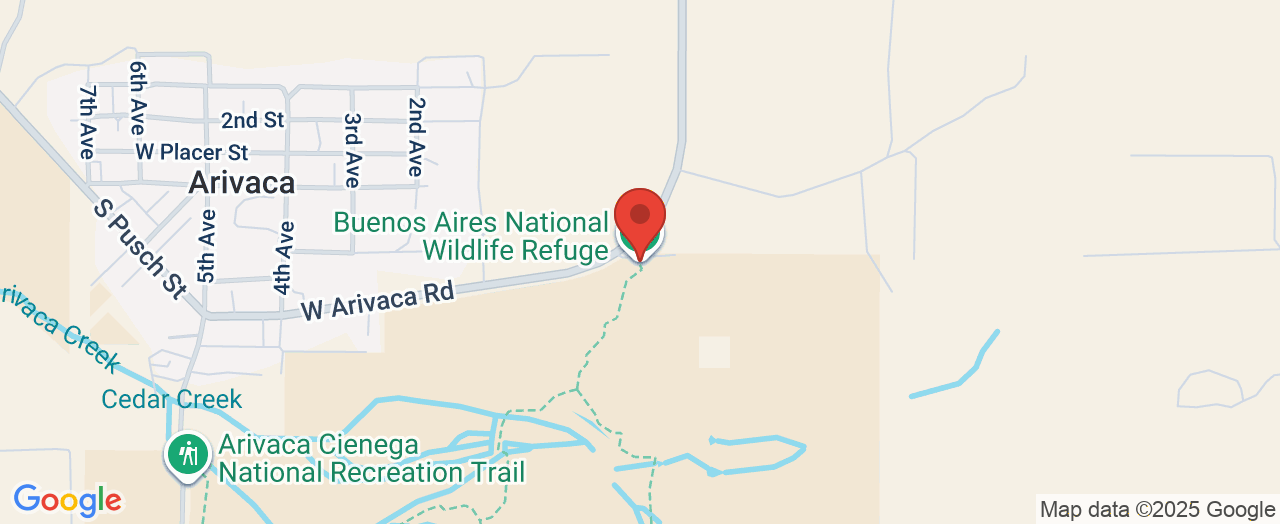Where Arizona’s Vast Grasslands Hide Unexpected Biodiversity
Have you ever wondered what secrets an untouched stretch of Arizona grassland might hold? In a time dominated by busy schedules and constant digital noise, places that offer a true escape—and a glimpse into unspoiled nature—have become rare. Yet, tucked into southern Arizona is a remarkable expanse that challenges expectations: the Buenos Aires National Wildlife Refuge. Covering over 117,000 acres, this refuge is both a living museum and a vital protector of desert life, where every trail, shadow, and rustling patch of grass hints at an intricate web few visitors ever fully unravel.
The significance of such landscapes is often underestimated. Here, semi-desert grasslands meet ancient cottonwoods and willow-lined riverbanks, creating havens for countless species. In its most secluded corners, volcanic canyons rise and subtropical birds ply the breeze—a reminder that even the driest states nurture astonishing diversity. Understanding and appreciating what makes Buenos Aires National Wildlife Refuge so vital isn’t just about celebrating beauty. It’s about realizing the interconnectedness of life and the urgent need to protect these treasured ecosystems for future generations. Continue reading to discover why this refuge should be at the center of any conversation about Arizona’s wild heart.

Beyond the Cactus: Biodiversity and Ecology at Buenos Aires National Wildlife Refuge
When people picture southern Arizona, images of endless sand, cacti, and relentless heat might come to mind. However, Buenos Aires National Wildlife Refuge is a welcome contradiction—its high-altitude plains and rolling grasslands nurture a remarkable array of life. Cottonwoods and hackberry trees flourish along riverbanks, providing shade and sustenance. Willow-lined waters support marshes that, while seasonal, offer critical breeding grounds for birds, amphibians, and even rare mammals.
The grasslands are more than prairie—they are an ecotone, where the Sonoran and Chihuahuan deserts meet, creating one of North America’s richest wildlife corridors. In the leafy oases, migratory birds stop en route to farther destinations, and sometimes visitors spot subtropical species at the very tip of their range. Brown Canyon—with its 200-million-year-old volcanic rocks—adds yet another layer, hosting everything from tiny ringtails and coatimundis to white-tailed deer, javelina, and, exceptionally, even mountain lions or wandering jaguars. Those who overlook the Refuge’s subtle complexity risk missing profound lessons in the resilience and adaptability of desert life.
Finding Refuge: How Buenos Aires Supports Wildlife, Education, and Outdoor Adventure
As a steward in the National Wildlife Refuge System, Buenos Aires National Wildlife Refuge puts wildlife conservation first, prioritizing habitat preservation and the responsible enjoyment of its natural resources. Its approach is embedded in every choice—from establishing education programs to carefully managing public recreational opportunities like hunting, camping, and picnicking. By selecting resource management tools suited to the unique needs of high-desert ecosystems, the refuge ensures survival for a dazzling assortment of local plants and animals.

For visitors, these commitments translate directly into rewarding experiences. Well-maintained trails allow explorers to venture into diverse landscapes day or night—except for Brown Canyon, which retains more limited access to protect its rare inhabitants. Educational programs and special events offer opportunities to learn about birding, track wildlife, and deepen appreciation for this fragile biome. From accessible paved paths to hidden green hot spots, Buenos Aires opens up spaces for families, hikers, naturalists, and even first-time birders to connect with the natural world in a meaningful way.
The Living History of Buenos Aires: From Ancient Volcanic Roots to Modern Conservation
Understanding Buenos Aires National Wildlife Refuge means peering into the ancient story of the land itself. Much of the refuge is anchored by Brown Canyon, whose jagged rocks document over 200 million years of geologic change. Over millennia, wetlands ebbed and grasslands spread, shaping the habitats now protected within the refuge’s boundaries. This unique landscape, perched high above the surrounding deserts, served both as a migration corridor for wildlife and, in recent centuries, as ranching territory shaped by human hands.
Today’s conservation efforts pay homage to this history while looking ahead. The refuge represents not only a place for wildlife to thrive but also a commitment to restoring landscapes damaged by overuse, invasive species, or drought. Projects like quail breeding and habitat restoration continue the long legacy of stewardship, melding state-of-the-art science with time-honored land ethics that have defined the region’s history. Visitors who stand atop a grassy rise or trace the path of a dry wash are, in many ways, walking through layers of time—each marked by the interplay of natural forces and human care.

Seasonal Surprises: Nature’s Changing Palette at the Refuge
One of the most unexpected joys of Buenos Aires National Wildlife Refuge is the way its landscapes transform with the seasons. In early fall, Mexican sunflowers spill bright yellow and orange across the trails, inviting families and photographers to explore. Winter brings a quieter beauty, as some marshes dry and the grasslands shift to subtle earth tones—a waiting period before the warm months return and the place explodes with birdsong and fresh green shoots.
These cycles are more than visual spectacles. They dictate the rhythms of animal life, influence which species are visible, and shape the experiences of anyone who visits. While newcomers may miss the rush of spring wildflowers or the spectacle of migrating birds if they come at the wrong time, the refuge rewards curiosity and patience. There’s always something new to notice—maybe subtle, maybe dazzling—waiting just around the next bend in the trail.
Access for All: Recreation, Education, and Future-Forward Stewardship
Buenos Aires National Wildlife Refuge demonstrates a thoughtful balance between protection and accessibility. Most trails are open 24 hours a day, seven days a week (with some exceptions for sensitive habitats like Brown Canyon), inviting guests to plan outings when wildlife is most active—at dawn, dusk, or under a starry sky. Facilities are designed to welcome all, with portions of trail paved and accessible, and educational opportunities that suit a range of interests and skill levels.

Looking to the future, the refuge is embracing even more ambitious plans. New administrative offices are underway to serve both staff and the community better, and proposals for innovative breeding and restoration projects reflect a commitment to staying at the forefront of wildlife management. These investments are made not just for today’s visitors and residents, but for generations who will inherit the landscape as both a sanctuary and a living classroom.
Stewardship at Work: The Philosophy Behind Buenos Aires National Wildlife Refuge
The mission and approach taken at Buenos Aires National Wildlife Refuge reflect a larger ethos found throughout the National Wildlife Refuge System: wildlife conservation drives every action, from land acquisition to the design of recreational and educational programs. Activities here aren’t just about sightseeing—they’re carefully calibrated to protect native species while encouraging public connection with the land. Every new project, such as the upcoming administrative building and quail breeding facility, is guided by the dual goals of ecological health and community involvement.
This balance is especially visible in the refuge’s reliance on resource management tools tailored to support native flora and fauna, including restoring marshy meadows and managing grassland health. Education is not an afterthought but a core component of operations, helping both casual visitors and expert naturalists understand the role healthy ecosystems play in local and regional resilience. The refuge’s ongoing evolution mirrors broader shifts towards inclusive, science-led stewardship—a philosophy that ensures not only the survival of species and habitats, but also the continued opportunity for people to marvel at them.
Visitor Voices: Encountering Beauty, Curiosity, and Discovery
Visitors to Buenos Aires National Wildlife Refuge often leave with memories shaped by color, wildlife sightings, and simple joys of exploration. One recent guest captured a quintessential experience—where vibrant scenery meets personal discovery, and the landscape’s challenges serve to deepen appreciation rather than discourage adventure:
Right now, the Mexican sunflowers have made this trail a vibrant yellow and orange. And while the season has moved to early fall, it’s Arizona, so mid day walks are hot!I am new to birding, so all I can write is that they are present. But what they are, I have no idea. I do love the big ones though.Even though the trail off the parking lot leads to a small loop, still bring plenty of water. The trail has a lot of shade, but bring water.And, there is an excellent Pokemon gym and Pokestop.
This glimpse into a real visit highlights not only the refuge’s abundant flora and inviting trails, but also the approachable way it welcomes newcomers to birding, families, and even those enjoying other hobbies. As this review shows, taking the time to immerse oneself—prepared with water and curiosity—can open doors to beauty, surprise, and personal growth in an environment built for discovery.
Buenos Aires National Wildlife Refuge: A Model for Conservation and Outdoor Connection
The landscape of Buenos Aires National Wildlife Refuge stands as a testament to the irreplaceable value of protected wild spaces. Each visit, each educational event, each new conservation project underscores why this sanctuary is essential—not only for the rare birds and elusive jaguars, but for people seeking solace, inspiration, and a deeper understanding of Arizona’s diverse habitats. In balancing preservation with responsible recreation, the refuge becomes much more than a scenic getaway; it is a cornerstone for environmental education and stewardship in the region.
As conservation challenges mount, places like Buenos Aires National Wildlife Refuge remind us of both what’s at stake and what’s possible through thoughtful management and public engagement. From its high plains to volcanic canyons, this refuge invites everyone to explore, learn, and participate in a living legacy—where every visit helps sustain the wonders still hidden in the landscape.
Contact the Experts at Buenos Aires National Wildlife Refuge
If you’d like to learn more about how exploring Buenos Aires National Wildlife Refuge could enrich your understanding of wildlife, conservation, and the wonders of Arizona, contact the team at Buenos Aires National Wildlife Refuge.
📍 Address: Arivaca, AZ 85601, USA
📞 Phone: +1 520-601-0541
🌐 Website: https://www.fws.gov/refuge/buenos_aires/
Location and Hours for Buenos Aires National Wildlife Refuge
🕒 Hours of Operation:
- Visitor Center open Saturday - Tuesday, 8:00 AM - 4:00 PM when staffed
- Closed Wednesday, Thursday, Friday

 Add Row
Add Row  Add
Add 





Write A Comment